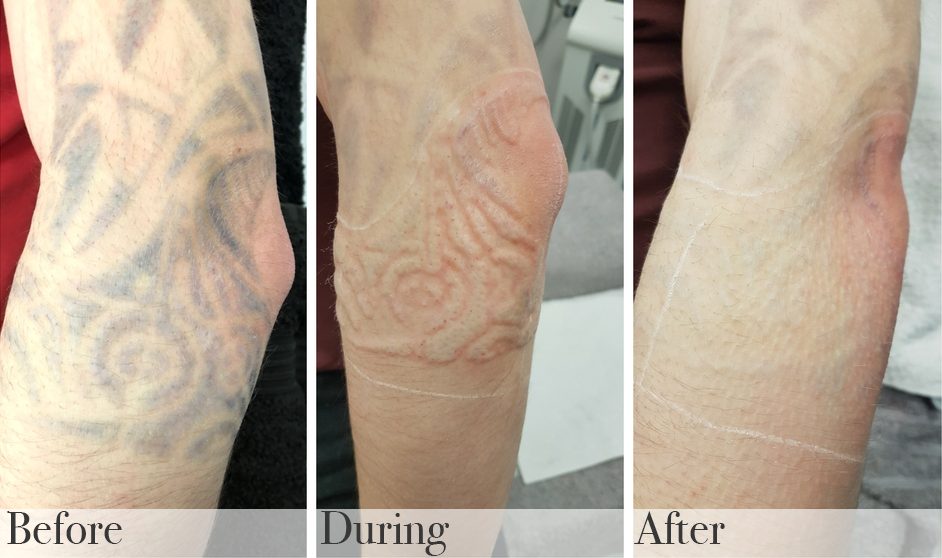
Tattoos are a form of self-expression, but sometimes, life changes and you may find yourself wanting to erase those inked memories. Thankfully, laser tattoo removal has come a long way, offering a safe and effective way to fade or completely eliminate unwanted tattoos.
How does it work?
The magic lies in the specific wavelengths of light emitted by the laser. These wavelengths target the tattoo ink, causing it to break down into tiny particles that are then naturally absorbed by your body's immune system. This process is called photothermolysis.
Here's a breakdown:
Light Absorption: The laser light is absorbed by the tattoo ink pigments, specifically melanin (black, brown) and other pigments.
Heat Generation: The absorbed light energy converts into heat, causing the ink particles to fragment.
Immune System Response: The body's immune system identifies these tiny ink particles as foreign and eliminates them.
Choosing the Right Laser:
Not all lasers are created equal. The type of laser used depends on the color of the ink:
Q-switched Nd:YAG laser: This is the most common type, effective on black and dark-colored inks.
Q-switched ruby laser: Primarily targets red and orange inks.
Q-switched alexandrite laser: Ideal for yellow, green, and blue inks.
What to Expect:
Multiple Sessions: Tattoo removal is a gradual process, requiring multiple sessions spaced 4-6 weeks apart.
Discomfort: You may experience a stinging or burning sensation during treatment, often described as a rubber band snapping against the skin.
Healing Time: The treated area will likely be red and swollen for a few days, similar to a sunburn.
Pigment Changes: The ink may lighten or change color temporarily before fully fading.
Factors Affecting Success:
Ink Color: Darker inks are generally easier to remove.
Ink Depth: Deeper ink requires more sessions.
Skin Type: Lighter skin tones respond better to treatment.
Tattoo Age: Newer tattoos are often easier to remove.
Seeking Professional Help:
It's crucial to choose a reputable and experienced laser technician. Consult with a board-certified dermatologist or plastic surgeon for personalized advice and to ensure safe and effective treatment.
From ink to blank, laser tattoo removal is a testament to the power of science. With proper knowledge and care, you can achieve the skin you desire, free from unwanted tattoos.


0 comments:
Post a Comment